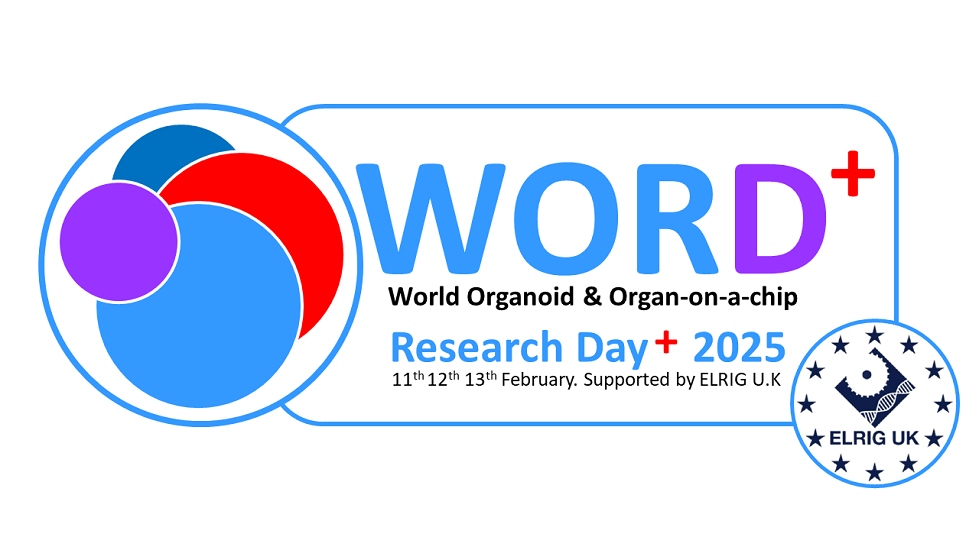Authors
L Belfiore et al1;
1 Inventia Life Science, UK
Overview
Physiologically relevant in vitro assays that accurately mimic the tumour microenvironment are crucial for advancing immuno-oncology research. While 2D cell models are routinely used in research due to their
simplicity and low cost, the lack of tumour architecture or extracellular matrix (ECM) components in these models limits their biological relevance, which impacts the translation of in vitro data through to the clinic.
Current 3D cell models based on naturally derived matrices offer a higher
Introduction
Physiologically relevant in vitro assays that accurately mimic the tumour microenvironment are crucial for advancing immuno-oncology research. While 2D cell models are routinely used in research due to their
simplicity and low cost, the lack of tumour architecture or extracellular matrix (ECM) components in these models limits their biological relevance, which impacts the translation of in vitro data through to the clinic.
Current 3D cell models based on naturally derived matrices offer a higher
Methods
See poster
Results
See poster
Conclusion
Here, we describe two different 3D cell culture models to study
immune cell association with tumour cells, immune cell-mediated
anti-tumour effects, and immune cell infiltration into the matrix. The
generation of these immuno-oncology models using the RASTRUM
Platform enables:
● Compatibility with both tumour cell and immune cell culture to
allow for the creation of co-cultures that recapitulate the tumour
microenvironment
● Tunability of the matrix to modulate composition and stiffness to
influe

